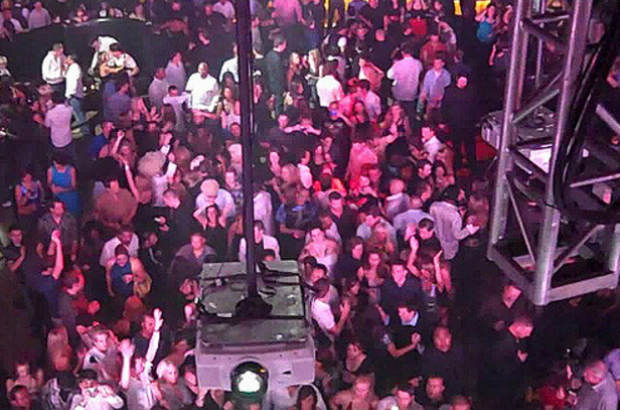- Daily & Weekly newsletters
- Buy & download The Bulletin
- Comment on our articles
Brussels region recognises clubbing as intangible cultural heritage
The Brussels region now recognises clubbing as intangible cultural heritage following an initiative from the nightlife sector itself.
The designation indicates an importance not only for the people of Brussels, but also for the city's attractiveness, RTBF reports.
It also means that clubs and other nightlife venues are regarded as artistic and cultural institutions.
“Today we are showing that Brussels is proud of its vibrant nightlife culture, and recognising its importance to our city and its residents on a cultural, economic and social level,” said Ans Persoons, Brussels secretary of state for town planning and heritage following the resignation of Pascal Smet, under whom the initiative began.
According to the Brussels nightlife sector, Brussels has around 20 nightclubs, including well-known names such as Fuse, Mirano, Spirito, La Cabane, Madame Moustache and C12.
Fuse had recently been embroiled in a dispute with a new neighbour who would like to see the club closed because of noise pollution.
Supporters of the club have been rooting for recognition of nightlife as cultural heritage in the hopes such a designation could help the historic club keep its doors open.
The recognition of Brussels clubbing as an element of cultural and social importance could in the future be an important argument in favour of better protection for those involved in the Brussels nightlife scene, including Fuse.
“Recognition of clubbing will enable us to archive and document its social and cultural vocation, expand our knowledge about it and thus integrate clubbing into the urban nightlife landscape in the most sustainable way possible,” said Ayla Dirix, spokeswoman and coordinator of the Brussels Night Council.
Fritkot culture, the Brussels flower carpet, the Ommegang, beer culture, carillon culture, falconry and the Meyboom (planted since 1308) are also on the list of Brussels' intangible cultural heritage and the latter four have also been recognised by Unesco as intangible world cultural heritage.


















